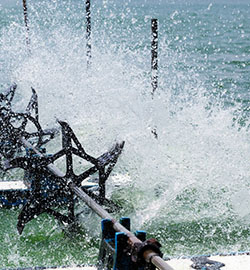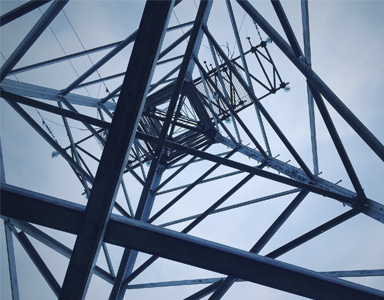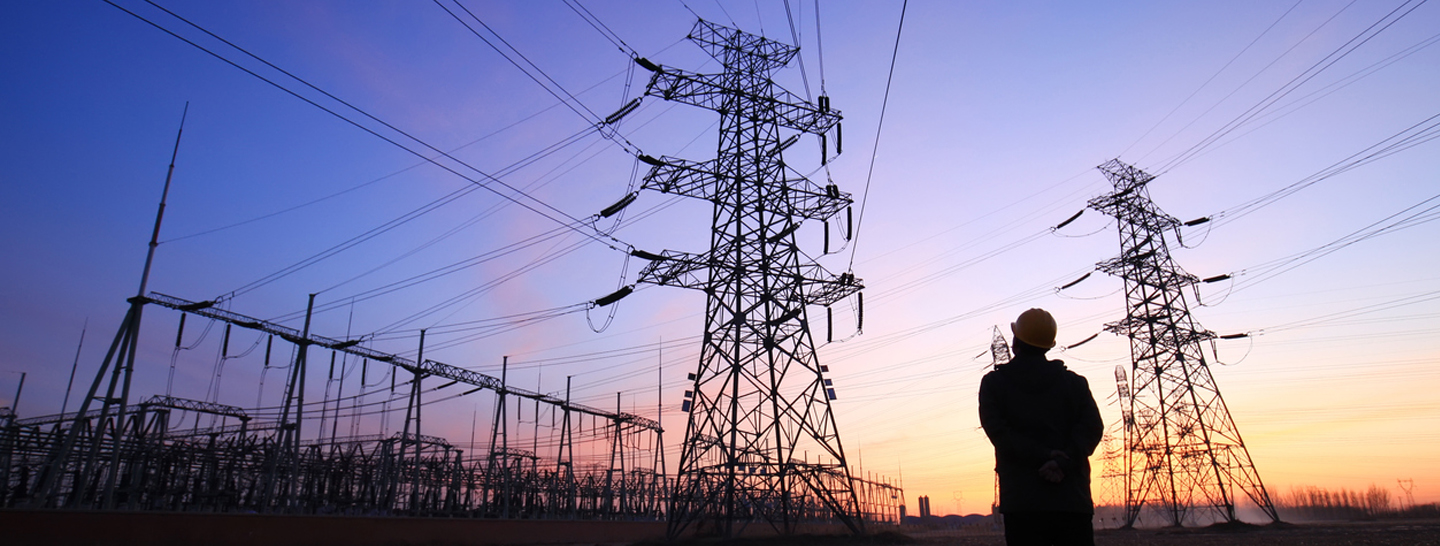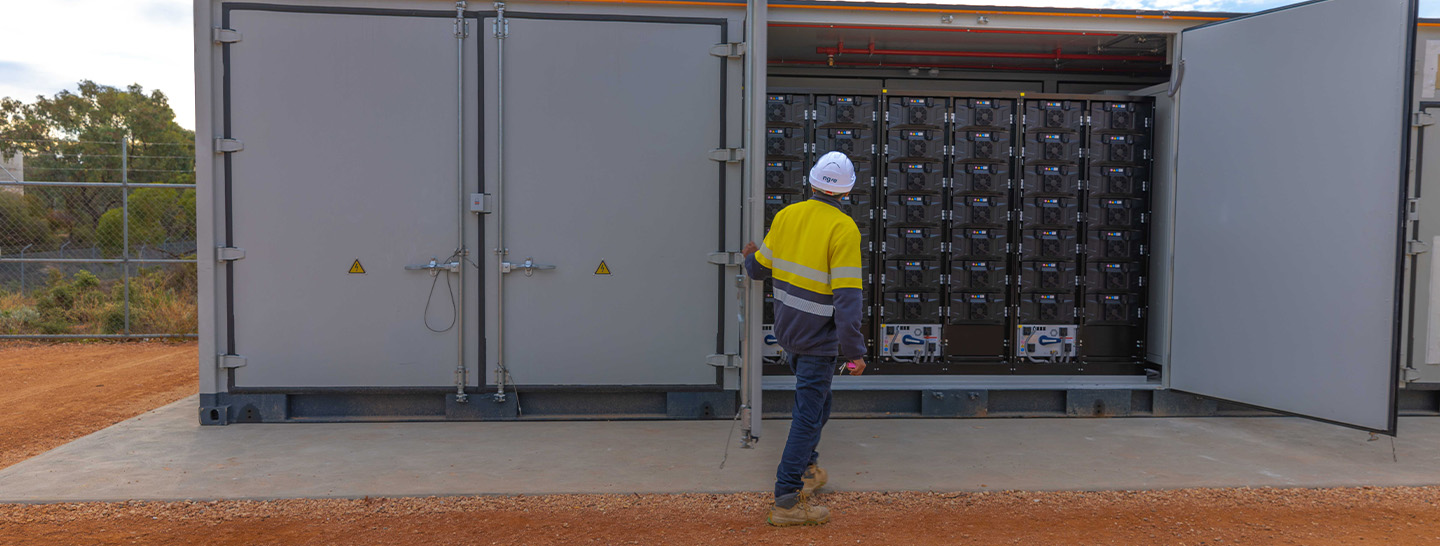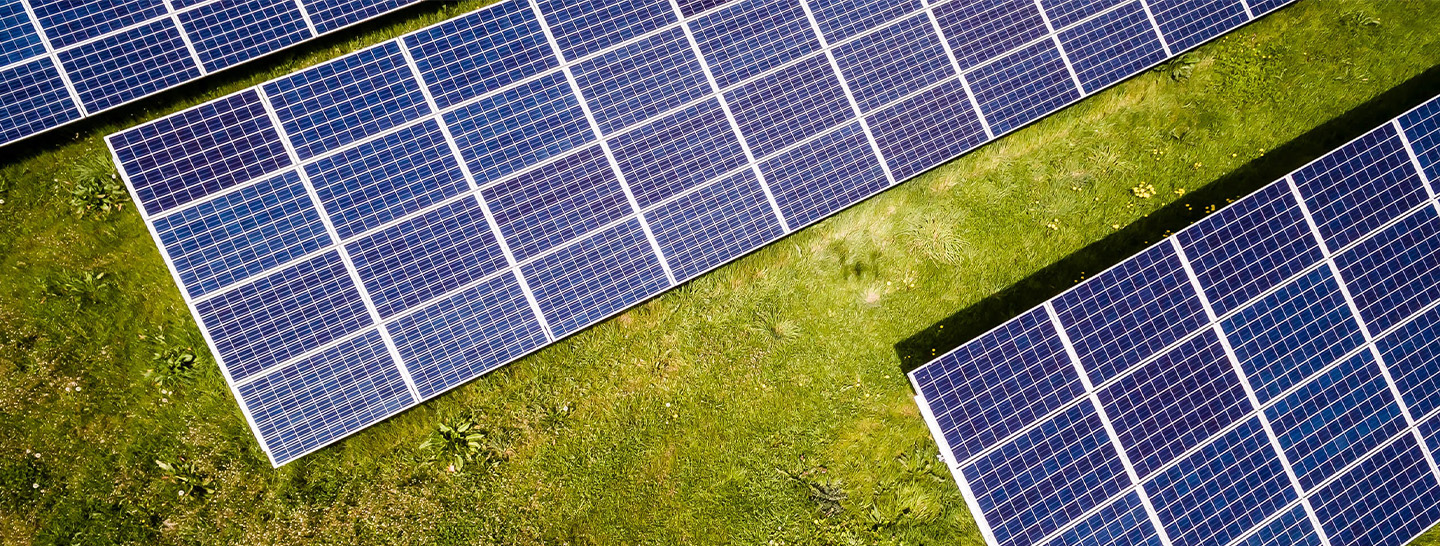Demand Response helps to enable to a more resilient, renewables-based grid by helping to balance energy demand and supply. Our Virtual Power Plant (VPP) aggregates the flexible demand of businesses to form a reliable, dispatchable asset to help balance the grid. Multiple users powering down at once has the same effect on the grid as bringing another generator online. As the global leader in Demand Response, Enel X’s proven dispatch processes are designed to be simple, fast and effective, while prioritising operational needs.
What is Demand Response?
Demand Response offers businesses a simple way to earn revenue while helping stabilise the electricity grid during periods of high demand or low renewable output. Flexible demand also reduces reliance on fossil-fuel generation, helping to cut emissions and lower the risk of blackouts. Enrolling in Demand Response programs allows business to get paid for being flexible with energy use - by temporarily reducing consumption or switching to backup power. In doing so, you can earn a share of peak demand energy prices, turning grid support into a valuable new revenue stream.
How does Demand Response work?
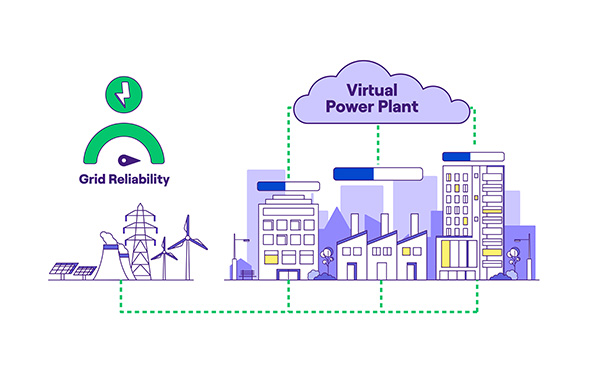
Demand Response step-by-step
1. Plan: Enel X collaborates with you to develop a customised energy reduction plan, tailored to your operational needs and business priorities.
2. Activate: When called on by the market operator, our VPP signals participating businesses to initiate their energy reduction plan.
3. Respond: You temporarily power down equipment or switch to onsite backup power sources for a set period.
4. Restore: Once the event concludes, we notify you when it’s safe to resume normal operations.
5. Earn revenue: Enel X pays you a share of energy market earnings and additional incentives for supporting grid stability.
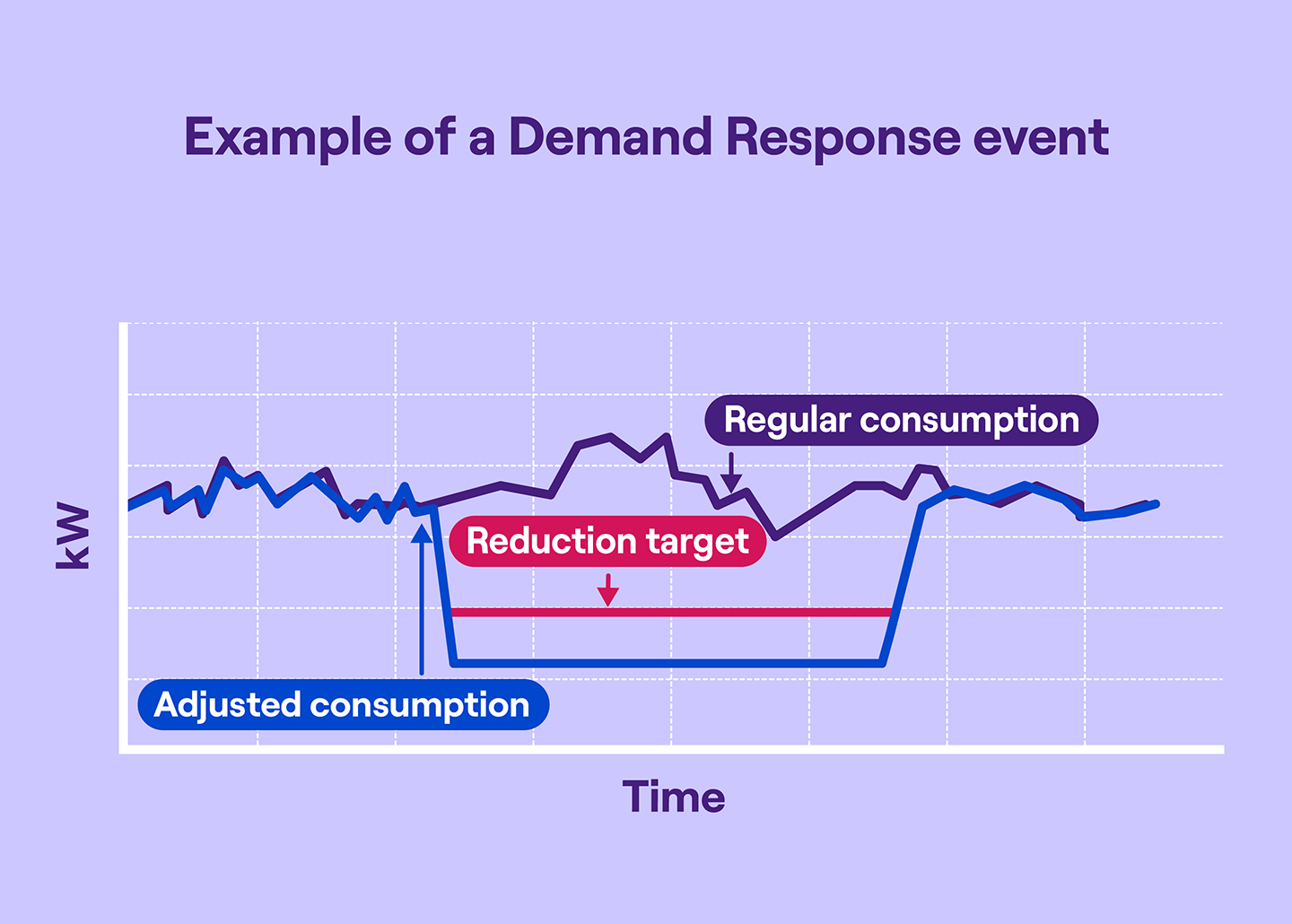
The value of Demand Response
Demand Response helps businesses unlock new revenue streams, supports the transition to a renewables-based grid, and benefits the wider community by improving energy reliability and putting downward pressure on pricing.
Earn Revenue
Demand Response programs pay you to temporarily reduce consumption, helping the grid balance supply and demand.
Support Sustainability
Accelerate Australia’s transition to renewable energy as Demand Response is key to maintaining a reliable, renewable grid.
Increase Grid Reliability
A cost-effective alternative to building new power plants, Demand Response provides critical firming capacity to keep the grid stable.
Support Your Community
Demand Response helps to keep the lights on for those who need it most, and puts downward pressure on electricity pricing for all users.
Why Enel X?
Our achievements in Australia & New Zealand
No. 1
market share of C&I DR capacity
900+MW
flexible demand assets under management
650+
connected facilities to our VPP
